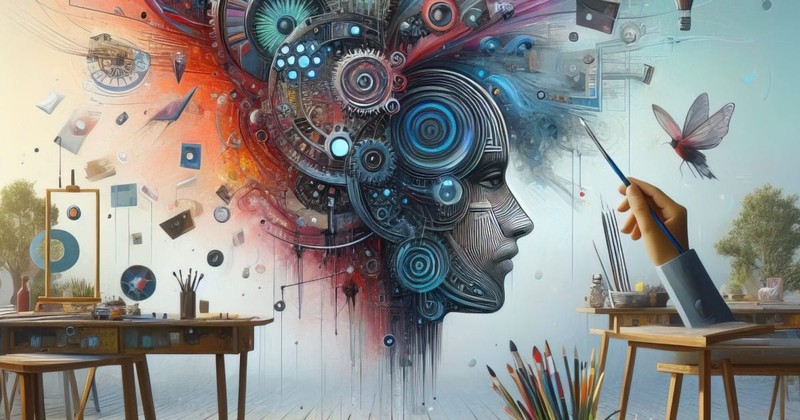Introduction
As the art world continuously evolves, 2024 promises to be a year marked by significant trends that reflect broader societal shifts. These trends encompass technological integration, sustainability, and a renewed focus on inclusivity and diversity. From digital art innovations to eco-conscious practices, artists and galleries are embracing changes that resonate with contemporary global issues.
Digital and AI Art
The intersection of art and technology continues to deepen, with digital and AI art taking center stage. Non-fungible tokens (NFTs) remain a powerful medium for artists, providing new avenues for ownership and monetization. Additionally, AI-generated art is gaining traction, with artists leveraging algorithms to create unique pieces that challenge traditional notions of authorship and creativity. This trend is not only transforming the way art is produced but also how it is experienced, with virtual reality (VR) and augmented reality (AR) exhibitions becoming more prevalent.
Eco-Conscious Art Practices
In response to growing environmental concerns, the art community is increasingly adopting sustainable practices. Artists are exploring eco-friendly materials and methods, reducing their carbon footprint and promoting environmental awareness through their work. This trend extends to galleries and museums, which are implementing green initiatives, such as reducing waste and energy consumption, to support a more sustainable future for the art industry.
Inclusivity and Diversity
Inclusivity and diversity are paramount in the art world for 2024. Artists from underrepresented communities are gaining visibility and recognition, challenging the status quo and bringing diverse perspectives to the forefront. Galleries and institutions are prioritizing the representation of marginalized voices, ensuring that the art world reflects the rich tapestry of global cultures and experiences. This shift towards inclusivity is not only enriching the art landscape but also fostering a more equitable industry.
Interdisciplinary Collaborations
Interdisciplinary collaborations are becoming increasingly common, with artists working alongside scientists, technologists, and other professionals to create innovative works. These collaborations are breaking down traditional boundaries and leading to the creation of hybrid art forms that engage audiences in novel ways. Whether it’s a fusion of art and science or a blend of visual art and performance, these interdisciplinary projects are pushing the limits of artistic expression.
The Rise of Local Art Scenes
While globalization has long been a driving force in the art world, there is a growing emphasis on local art scenes. Artists are drawing inspiration from their immediate surroundings, exploring local cultures, and addressing community-specific issues through their work. This trend is fostering a sense of place and identity, allowing local art scenes to thrive and gain recognition on a global stage.
Pearl Lam Galleries: Promoting Modern Artists
Pearl Lam Galleries has been instrumental in promoting modern artists on an international platform. With locations in Hong Kong, Shanghai, and Singapore, Pearl Lam Galleries showcases a diverse array of contemporary art that bridges Eastern and Western cultures. The gallery’s commitment to fostering artistic dialogue and cultural exchange has made it a significant player in the global art scene. By featuring both established and emerging artists, Pearl Lam Galleries provides a platform for innovative and thought-provoking works, thereby enhancing the visibility and appreciation of modern art worldwide.
Conclusion
The art trends for 2024 reflect a dynamic and rapidly evolving landscape. From the integration of digital technologies and sustainable practices to the emphasis on inclusivity and local art scenes, these trends are shaping the future of art in profound ways. Institutions like Pearl Lam Galleries play a crucial role in this evolution, championing modern artists and facilitating cross-cultural exchanges. As we move forward, these trends promise to enrich the global art community and inspire new forms of artistic expression.

